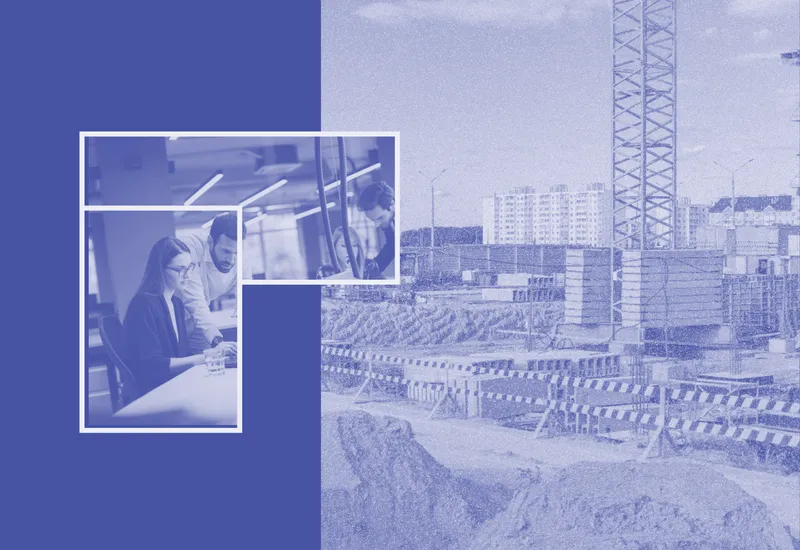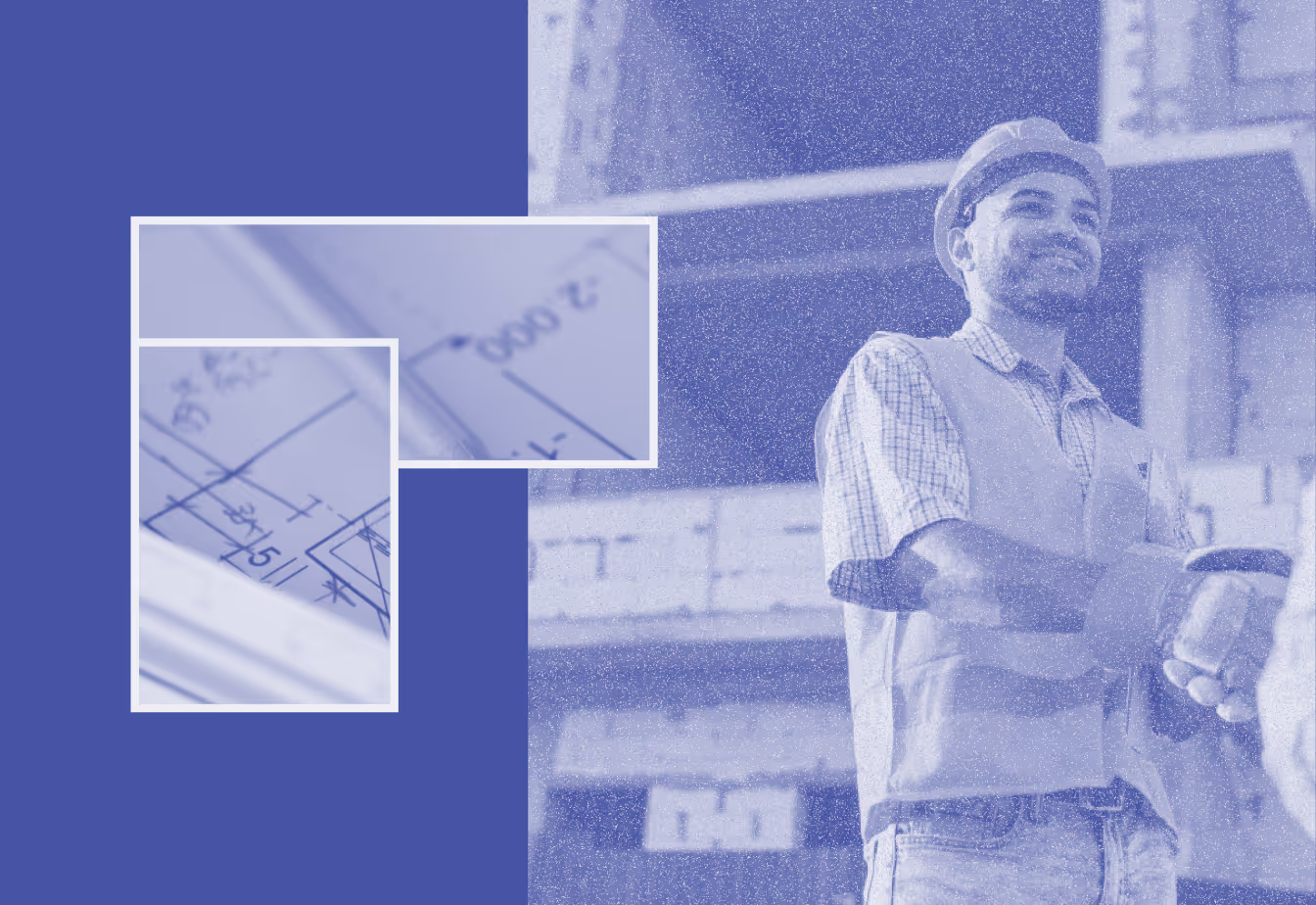The Basics of Contingency on Construction Projects

Allocating contingency funds is crucial to project risk management. Real estate project owners factor contingency into the development budget to cover surprises and unknowns. Development projects are considered high-risk, and having a contingency reserve can protect a project from some of the repercussions of these risks.
What kind of costs can contingency reserves cover?
Construction contingency covers unanticipated construction costs. These costs may arise from issues such as:
- Abnormal weather causing delays
- Cost overruns where the actual cost of an item exceeds the amount allocated
- Design errors
- Unanticipated price of materials or interest rate increases
- Contractor coordination issues
- Unforeseen soil conditions
Where do I start when establishing my contingency reserve?
We recommend starting by answering the following 3 questions:
- How much contingency do I factor in? The industry standard for construction risk contingency is 3-10% of total hard costs. Some developers budget contingency for soft costs as well, typically 1% percent of total project costs or 10-20% of total soft costs. According to the DAE Group, “In addition to the actual dollar amount of the contingency budget, a construction contingency should also include a well-drafted process of how to access contingency funds, what conditions do and do not warrant using the funds and a detailed procedure concerning notices, paperwork, and approvals.”
- What are my unknowns? Unknowns are where a great deal of your risk is hiding. Weather, scheduling, and other factors that are out of your control are examples of unknowns.
- Can I eliminate any of these risks before factoring them into my contingency reserve? Strong communication with your vendors and subcontractors, detailed contracts, and walkthroughs are all ways to mitigate risk and unknowns.
A positive outcome of maintaining and tracking contingency is predictability. When you combine all contingencies into one pool, it's easier to keep track of issues when they happen. You can use visual tools like charts to see how funds are being used and the impact on your project's timeline and costs. Without this safety net, any unexpected expenses or delays could directly hurt your main project plan, potentially causing the project to fail. Tracking contingency also helps you spot patterns to see where problems usually come from. For example, if training activities cause an eight-day delay that's covered by your backup fund, you can use this information to plan better for similar projects in the future.
When you’re tracking contingency usage, set yourself up for success in the future by also tracking the "why." This helps project owners plan contingency needs throughout the remainder of the project. Long term, tracking the “why” behind contingency usage helps create a better plan for future projects.
Where do I manage contingency?
Many project owners use Excel or similar spreadsheets, although they can hinder collaboration during complicated projects. Tools like Rabbet Real Estate Development Management help calculate, track, and manage contingency reserves. These tools can also create visuals and reports to help communicate budget and risk to relevant stakeholders.
Tracking contingency usage in Rabbet
Understanding where your contingency is used is easier in Rabbet. Rabbet's charts and visualizations readily compare project progress with total contingency usage as well as provide a consolidated view of all budget reallocations across the project.
Rabbet’s contingency usage section shows:
- Adjacent visualization of project completion percentage and total contingency usage
- Visualization of contingency usage (reallocated) by line item
- Visualization of line item adjustment totals across all draws
When project owners track these details in a spreadsheet, they may create a chart of the total usage of the contingency and project completion. While not difficult, tracking contingency in a spreadsheet requires regular maintenance and deliberate sharing. With Rabbet, the completion and contingency graphs are updated in real time based on the familiar workflows already occurring in Rabbet. Rabbet can also track which adjustments are reallocations between line items and which are users of contingency.
Learn more about how Rabbet can enhance your real estate development management.
















